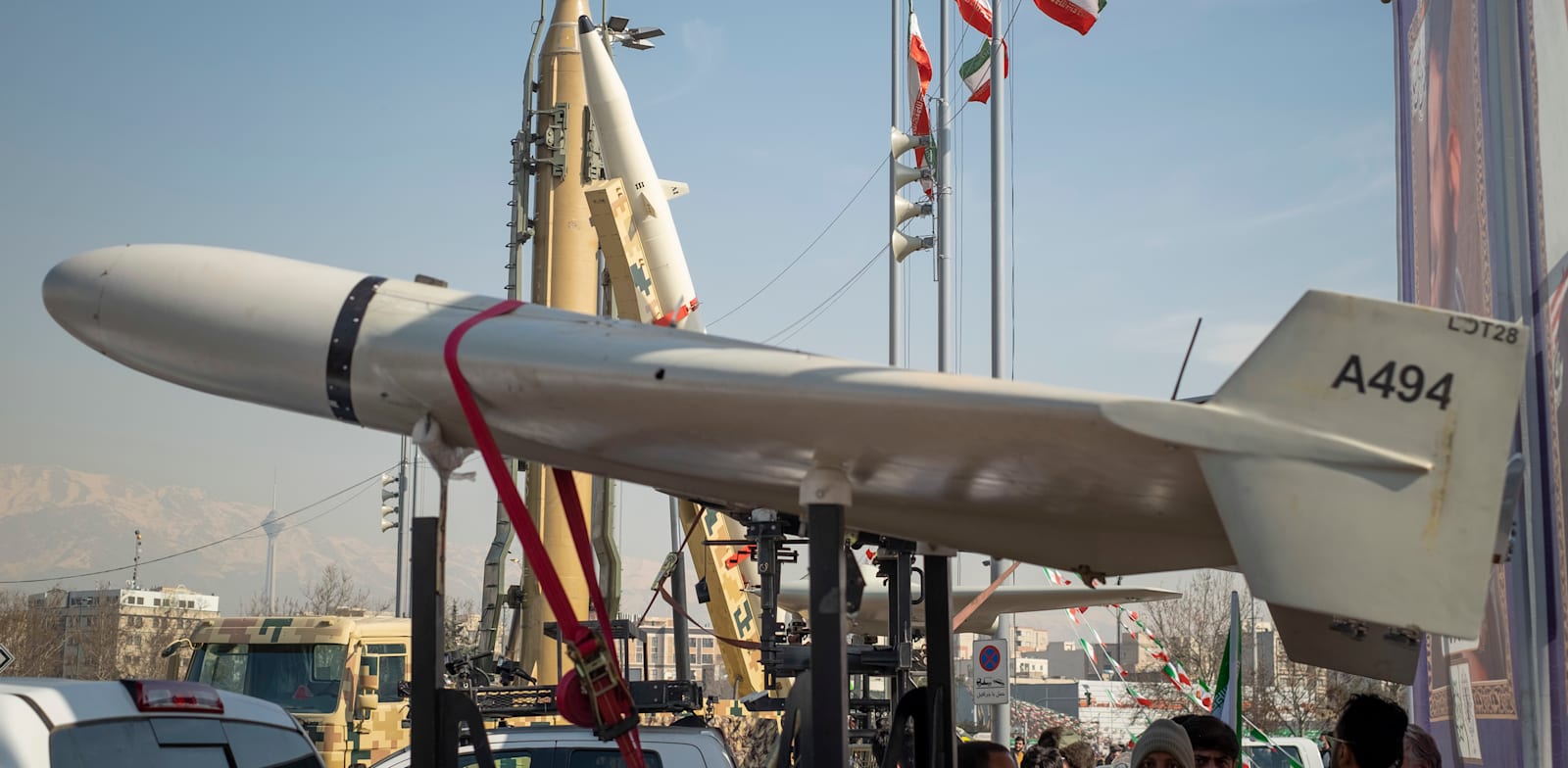On April 14, Iran attempted to attack the State of Israel using unmanned aerial vehicles, cruise missiles, and ballistic missiles. However, the attack failed, with 99% of the launched means not hitting their targets. Israel’s successful defense was achieved through the integration of multi-layered defense systems, fighter jets, and cooperation with partners such as the USA, the UK, and Jordan.
The Iranian-made UAVs operated in Ukraine by Russia were proven ineffective against Western defense systems. Despite this, the popularity of Iranian-made UAVs in the global market is not expected to diminish due to their lower cost compared to high-quality Western alternatives. Most buyers choose Iranian-made UAVs for their affordability rather than their quality.
Iranian-made UAVs have been used successfully in conflicts such as Ukraine and the attack on the facilities of the Saudi national oil company “Aramco.” However, they have not been effective against Israel. Iranian drones sent to Israel included models like Shahad 131 and Shahad 136, which have ranges ranging from 700-2000 km.
The Iranian regime supplies UAVs to various countries, including Sudan, where Iranian-made drones halted the advance of a militia group. Iran has also deployed drones in conflicts in Africa, such as in Darfur and Ethiopia. Iran has decentralized its UAV production facilities, establishing assembly plants in countries like Venezuela, Syria, and Tajikistan.
In Tajikistan, Iran inaugurated an Ababil 2 UAV production facility to provide sources of livelihood and possibly military equipment for the country. The partnership benefits both Iran and Tajikistan economically and strategically. Overall, Iran’s UAV production capabilities and supply chain continue to play a significant role in regional conflicts and arms trade operations.
